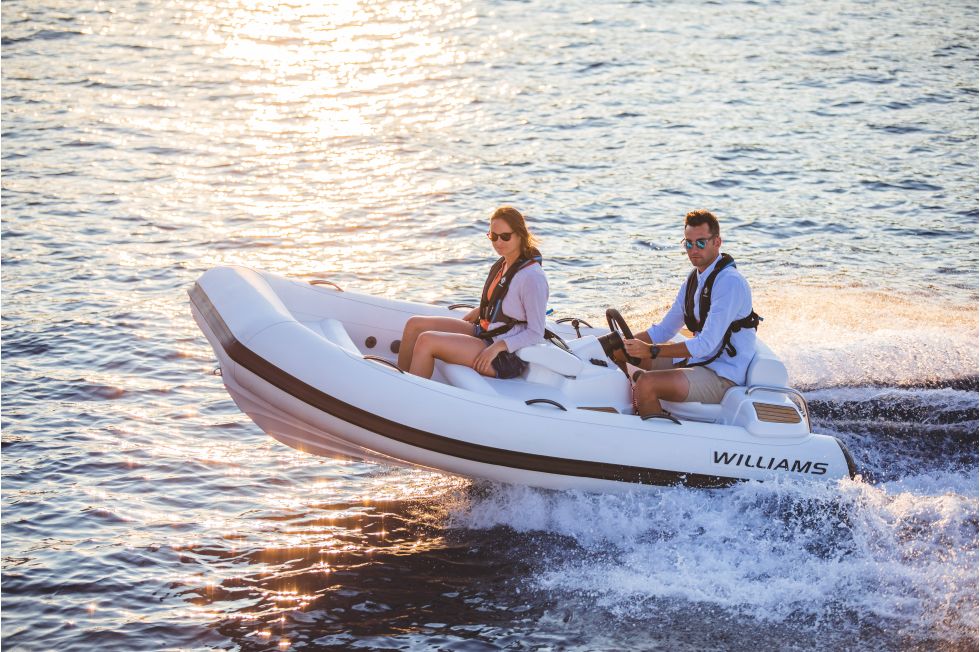Jet tenders are organized as high-performance boats meant for use as support vessels for larger yachts. Fast, maneuverable, and incredibly simple to operate, jet tenders are engineering wonders that can improve boating. This article identifies and discusses critical engineering factors that make jet tender essential tools for yacht owners.
Advanced Hull Design
The hull design of a jet tender is considered very sensitive and needs attention. Several designs are used to achieve this, including using light materials and construction methods when building the hulls. Such designs are usually deep V or modified V types and are favored due to their speed, stability, and manner of handling during rough seas. The optimized hull shape allows for efficient hydrodynamics, reducing drag and increasing speed while maintaining fuel efficiency.
Powerful Jet Propulsion
The setup implies that the water is drawn into a pump, and the water is ejected at the other end at high pressure, thus propelling the boat forward. Some benefits of jet propulsion are flexibility when maneuvering, a shallow draft, and the fact that accidents and hazards such as propellers are not exposed. The engineering behind these systems ensures reliable performance and quick acceleration, making jet tenders ideal for various water activities.
Innovative Materials and Construction
The construction of jet tenders is made with modern types of materials and various engineering techniques. Thus, materials of high quality, like fiberglass or carbon fiber layers, are employed to obtain materials with high strength while being lightweight at the same time. These materials do not rust or get affected by impact; hence, they have a longer life span and durability. Further, the more enhanced form of bonding and assembly that is placed in the tender enhances its styles and structures so that it can effectively work in the marine environment.

Ergonomic and Functional Design
Modern requirements for the construction of a tender, especially a jet tender, are consumer-oriented and oriented towards the interaction of the tender with a large ship. Controls, for example, were laid down in such a manner that the engineers would observe the layout with a lot of care so that the buttons that one uses frequently are placed in proximity to one another. There is incredible design when it comes to seating placement, usually with features that help absorb the shocks. Storage solutions are integrated seamlessly into the design, providing ample space for gear and provisions without compromising on the vessel’s sleek aesthetic.
Cutting-Edge Technology Integration
Contemporary jet tenders that are currently being used are fitted with the latest navigational, safety, and entertainment systems. GPS and chart plotters’ main features are accurate and efficient ways of showing directions. Some of the components are safety-related, including auto-fire extinguishers and shutting-off systems for the protection of the passengers. Furthermore, entertainment options like Bluetooth audio systems and underwater lights add to the enjoyment of using a jet tender.
Conclusion: Engineering Marvels on the Water
A jet tender reflects the highest tradition in marine engineering, converting peculiar materials, astounding propulsion, and superior technology. For this reason, their better performance, safety, and especially comfort make them invaluable partners for large super yachts, improving the general experience aboard the boats. Manufacturers pay much attention to the accurate process and utilitarian concept of building jet tenders that overfulfill yacht requirements. As engineering continues to evolve, we can expect jet tender to become even more sophisticated, further cementing their role as indispensable assets in luxury boating.


























